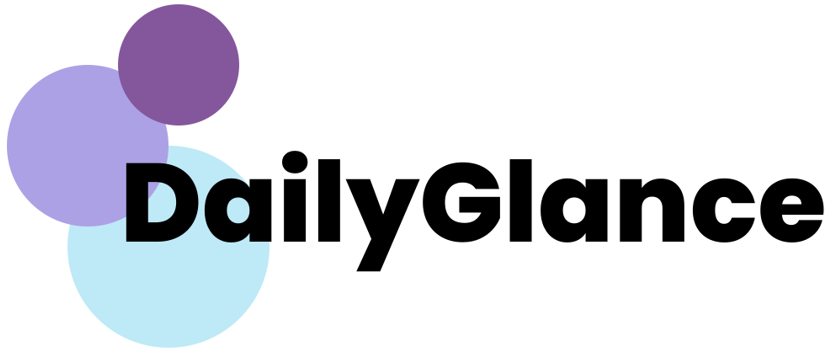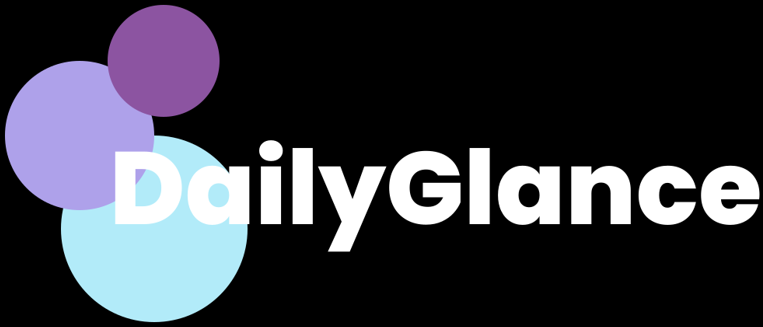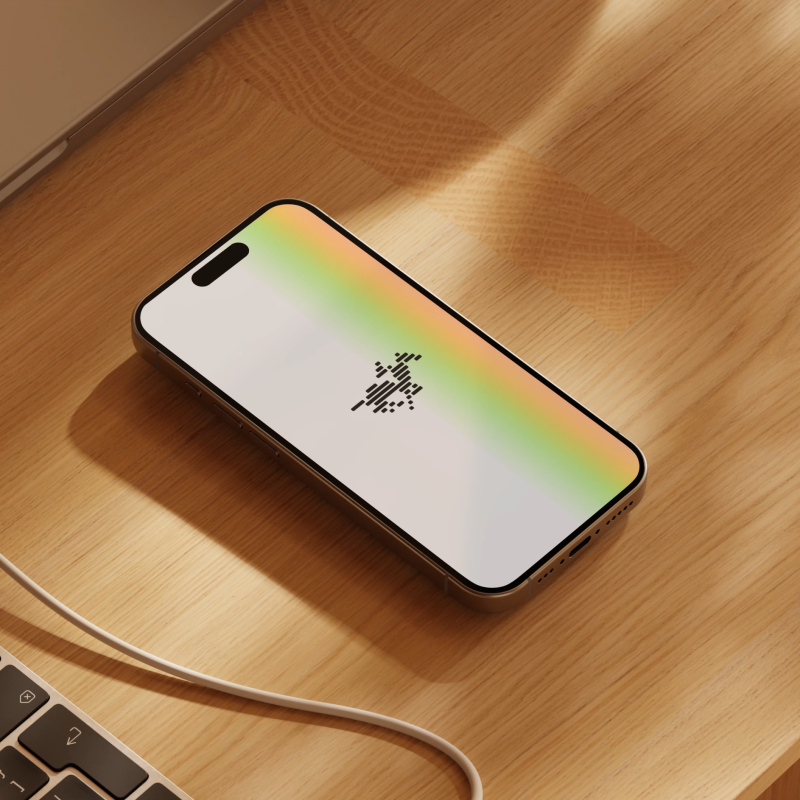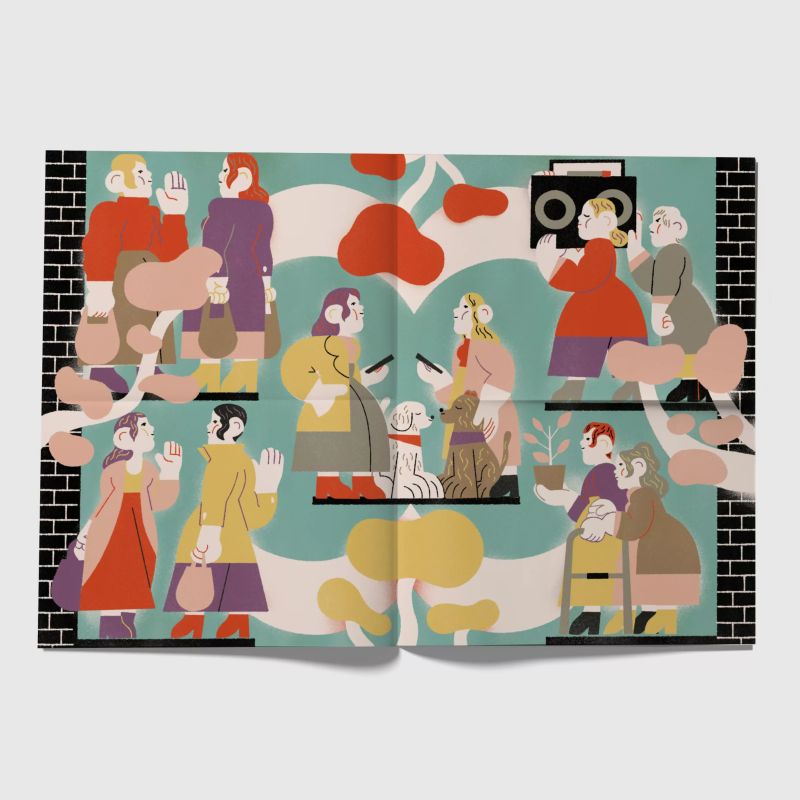Now Reading: Typography’s role in rebrands: 8 key takeaways from Frontify’s latest webinar
-
01
Typography’s role in rebrands: 8 key takeaways from Frontify’s latest webinar
Typography’s role in rebrands: 8 key takeaways from Frontify’s latest webinar

Typography is gaining increasing importance in the design world of 2025. In a world filled with screens and limited attention spans, typefaces are being required to work harder as sophisticated storytellers that bring brand identities to life and convey more than just words. A recent webinar by the brand-building platform Frontify delved into this topic, offering an insightful exploration of how typefaces are revolutionizing the way brands communicate, feel, and engage with their audiences.
During the webinar moderated by Frontify’s Digge Zetterberg, design experts Katie Rominger from Jones Knowles Ritchie (JKR) and Phil Garnham from Monotype discussed contemporary typography trends and the direction it is heading. Here are some key takeaways from the webinar:
1. The advancement of AI is enabling typography to become more automated and interactive, allowing typefaces to respond to various stimuli and creating engaging brand experiences.
2. The metaverse is opening up new possibilities for typography, with designers experimenting with expressions and ownership in digital environments.
3. Balancing creativity and functionality is crucial in choosing typefaces for brands, ensuring they work effectively across touchpoints and audience segments.
4. Different brands require different approaches to type choice based on their needs and target audience, with examples like Burger King and Walmart showcasing the diverse roles of typefaces.
5. Custom typefaces for brands start with a broad design process that allows for exploration and experimentation before narrowing down to meet specific client requirements.
6. Client feedback on typefaces is often emotional rather than rational, and designers should empathize with their reactions to ensure the designs align with the brand’s objectives.
7. Practical considerations such as size requirements, printing substrates, and digital platform usage are essential in creating functional typefaces that work effectively across all brand touchpoints.
8. Collaboration between designers, type foundries, and software developers is key to achieving successful typography outcomes, pushing the boundaries of design while meeting technical needs.
In conclusion, typography is not just a design element but a strategic tool for brand communication that tells stories, evokes emotions, and builds connections. Creatives and brands are encouraged to embrace typography as a language and a living entity that can transform brand interactions. The future of branding is evolving, with typography playing a crucial role in shaping brand identities and experiences.






